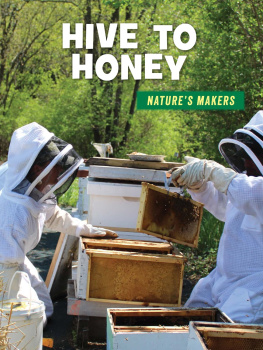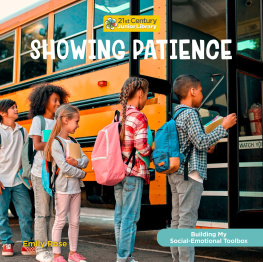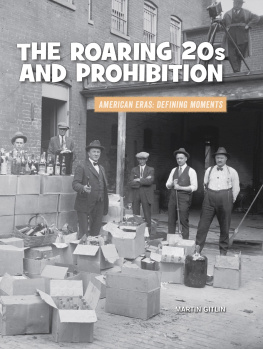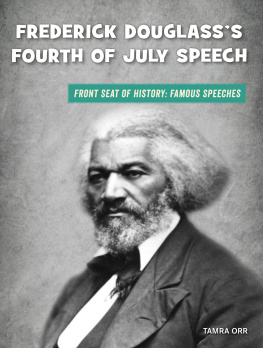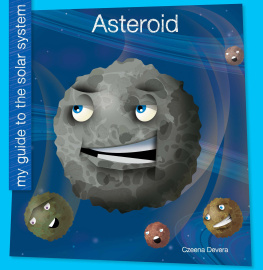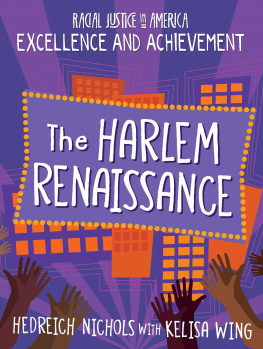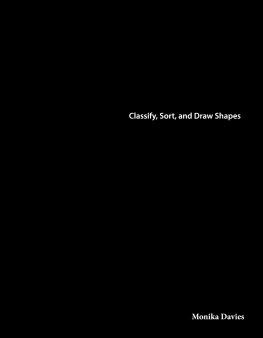Table of Contents
Guide
Page List
Published in the United States of America by Cherry Lake Publishing Group
Ann Arbor, Michigan
www.cherrylakepublishing.com
Reading Adviser: Marla Conn, MS, Ed., Literacy specialist, Read-Ability, Inc.
Photo Credits: EQRoy/Shutterstock.com, cover, 1, 17; Julie Knutson, 5, 6, 22, 27; From the archive
of Madison Childrens Museum, 9, 25, 28; michaeljung/Shutterstock.com, 10; Everett Collection/
Shutterstock.com, 13, 15; SpeakingPics/Shutterstock.com, 16; Travel_with_me/Shutterstock.com, 19;
BCFC/Shutterstock.com, 20
Copyright 2021 by Cherry Lake Publishing Group
All rights reserved. No part of this book may be reproduced or utilized in any form or by any means without
written permission from the publisher.
Cherry Lake Press is an imprint of Cherry Lake Publishing Group.
Library of Congress Cataloging-in-Publication Data
Names: Knutson, Julie, author.
Title: Madison Childrens Museum / by Julie Knutson.
Description: Ann Arbor, Michigan : Cherry Lake Publishing, [2021]. | Series: Changing spaces | Includes index. |
Audience: Grades 4-6. | Summary: Learn more about how Madisons Childrens Museum went from unwanted
city block to dynamic childrens museum. Explore the logistics of renovating the space and meet the people
who made it happen. The book showcases a range of 21st century skillsfrom Flexibility & Adaptation to
Creativity & Innovationand shows how moving away from a teardown culture towards one of reuse helps
tackle a host of critical challenges facing our planet and population. Thought-provoking questions and
hands-on activities encourage the development of critical life skills and social emotional growth. Books
in this series include table of contents, glossary of key words, index, author biography, sidebars, and
infographicsProvided by publisher.
Identifiers: LCCN 2020006352 (print) | LCCN 2020006353 (ebook) | ISBN 9781534168992 (hardcover) |
ISBN 9781534170674 (paperback) | ISBN 9781534172517 (pdf) | ISBN 9781534174351 (ebook)
Subjects: LCSH: Madison Childrens MuseumJuvenile literature. | BuildingsRemodeling for other use
WisconsinMadisonJuvenile literature. | Madison (Wis.)Buildings, structures, etc.Juvenile literature.
Classification: LCC AM101.M148 K68 2021 (print) | LCC AM101.M148 (ebook) | DDC 069.09775/83dc23
LC record available at https://lccn.loc.gov/2020006352
LC ebook record available at https://lccn.loc.gov/2020006353
Cherry Lake Publishing Group would like to acknowledge the work of the Partnership for 21st Century Learning,
a Network of Battelle for Kids. Please visit http://www.battelleforkids.org/networks/p21 for more information.
Printed in the United States of America
Corporate Graphics
With thanks to Brenda Baker of Madison Childrens Museum
ABOUT THE AUTHOR
Julie Knutson is an author/educator fascinated by the endless ways in which people and
communities can transform old spaces for new uses. She lives in Illinois with her husband,
son, and extremely energetic border collie.
TABLE OF CONTENTS
INTRODUCTION
Adaptive Reuse
More Than
Meets the Eye
ESSENTIAL QUESTION: What does the transformation of one city
block reveal about the history of the place around it?
I ts a typical Saturday afternoon at the Madison Childrens Museum
in Wisconsins capital city. Awestruck patrons watch as the museums
mascot, Gertrude the Cow, performs a task once reserved for
nursery rhymes. She jumps over the moon!
[ 21st century skills library ]
Gertrude the Cow is pulled skyward by a system of ropes and pulleys.
Gertrude is assisted by a team of youthful visitors, who hoist
the fiberglass cow skyward with the help of a pulley system. Just
a few steps away, a winded middle schooler treads in a human
powered hamster wheel. And one floor below, toddlers slide
down logs and settle in for storytime in yurts with parents and
grandparents.
[ MADISON CHILDRENS MUSEUM ]
The human hamster wheel at Madison Childrens Museum has an energy
meter that helps kids visualize energy creation.
When Did the Cow First
Jump over the Moon?
Hey diddle diddle,
The Cat and the Fiddle,
The Cow jumpd over the Moon,
The little dog laughd to see such Craft,
And the Fork ran away with the Spoon.
These lines first appeared in writing in a 1765 collection
of Mother Gooses Nursery Rhymes. Some scholars trace the
origins of the silly verses back even earlier. In the Medieval
period, cats playing the fiddle were a popular image in
illuminated manuscripts.
[ 21st century skills library ]
Occupants of this same space as recently as 10 years earlier
wouldnt have imagined these sights and sounds. Throughout
the 1920s and 1930s, it was a giant retail department store and
customers browsed its floors for the latest fashions, housewares,
and toys. From the 1940s until the 1970s, it was headquarters of
the worlds largest school, and military employees scurried about,
planning correspondence courses. And in the 1990s and early
2000s, government workers researched and drafted laws within its
walls. Throughout its history, this city block also hosted a church,
private homes, one of the nations first medical clinics, and a
range of restaurants.
How has 100 North Hamilton Street come to have so many
lives? What does this changing space reveal about the changing
city around it? Who had the idea to transform an old department
store into a childrens museum? And what did it take to make
this unique adaptive reuse project a reality?
[ MADISON CHILDRENS MUSEUM ]
CHAPTER 1
A Site with
Many Lives
M adisoncalled the City of Four Lakes and the Athens of
the Midwestwas established as the capital of the Wisconsin
Territory in 1836. City planners then divided the land into 255
blocks. Block 99, where the Madison Childrens Museum now
stands, was a geometric oddball. Throughout its history, its quirky
triangular shape required designers and builders to think outside
of standard squares and rectangles.
[ 21st century skills library ]
What difficulties might this buildings shape pose when
trying to develop the space?
The medical clinic format makes it easier for patients to be seen quickly
and by a doctor specializing in the care they need.
It wasnt until 1865 that the half-acre plot saw an actual building.
The first on its soil was the German Evangelical Church, which
served its congregation from 1865 until 1921, when it outgrew the
space. Its steeple was removed and sanctuary renovated so that it
could function as offices. It did so for just 2 brief years. After that,
a neighborhood doctor with a growing medical practice purchased
the building and turned it into a thriving clinic staffed by doctors,
nurses, lab technicians, and bookkeepers.
A Pioneering Site in
Medical Practice
The third use for this Madison plot was as home to one of
Americas first medical clinics. In the early 1900s, doctors generally
worked alone. This changed with the clinic model, in which
physicians with different areas of expertise came together
to form a practice. Clinics hosted the latest and greatest in
medical technology, from anesthetics to x-ray machines. The
pioneering, family-run Jackson Clinic operated on Hamilton
Street until a 1929 fire forced its relocation.
[ MADISON CHILDRENS MUSEUM ]
In 1929, a fire destroyed the clinic. After that, a portion of the
lot was sold to retailer Montgomery Ward. This company, which
offered something for everyone, was moving from the catalog




